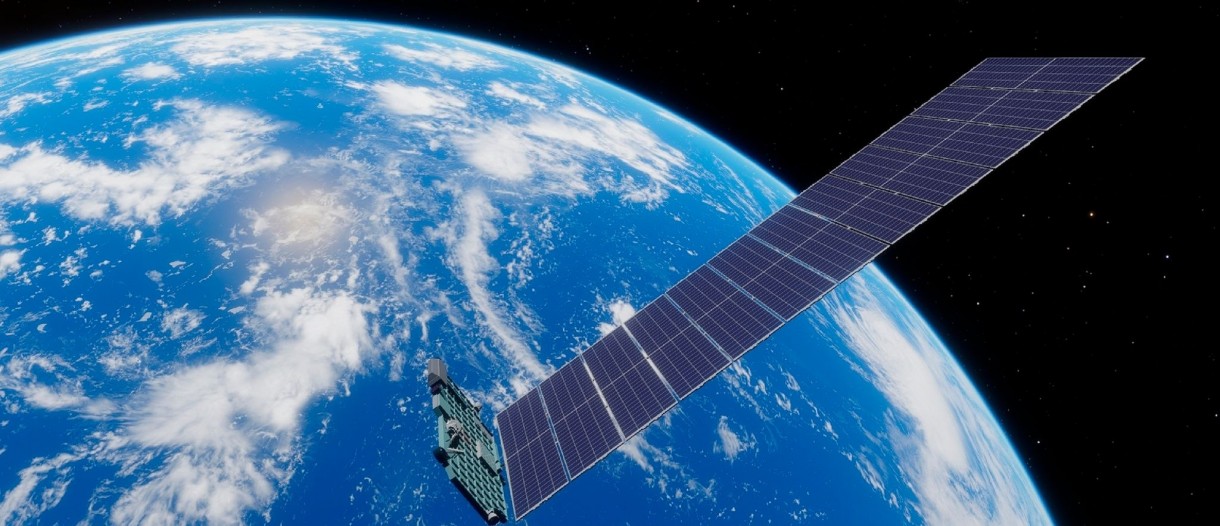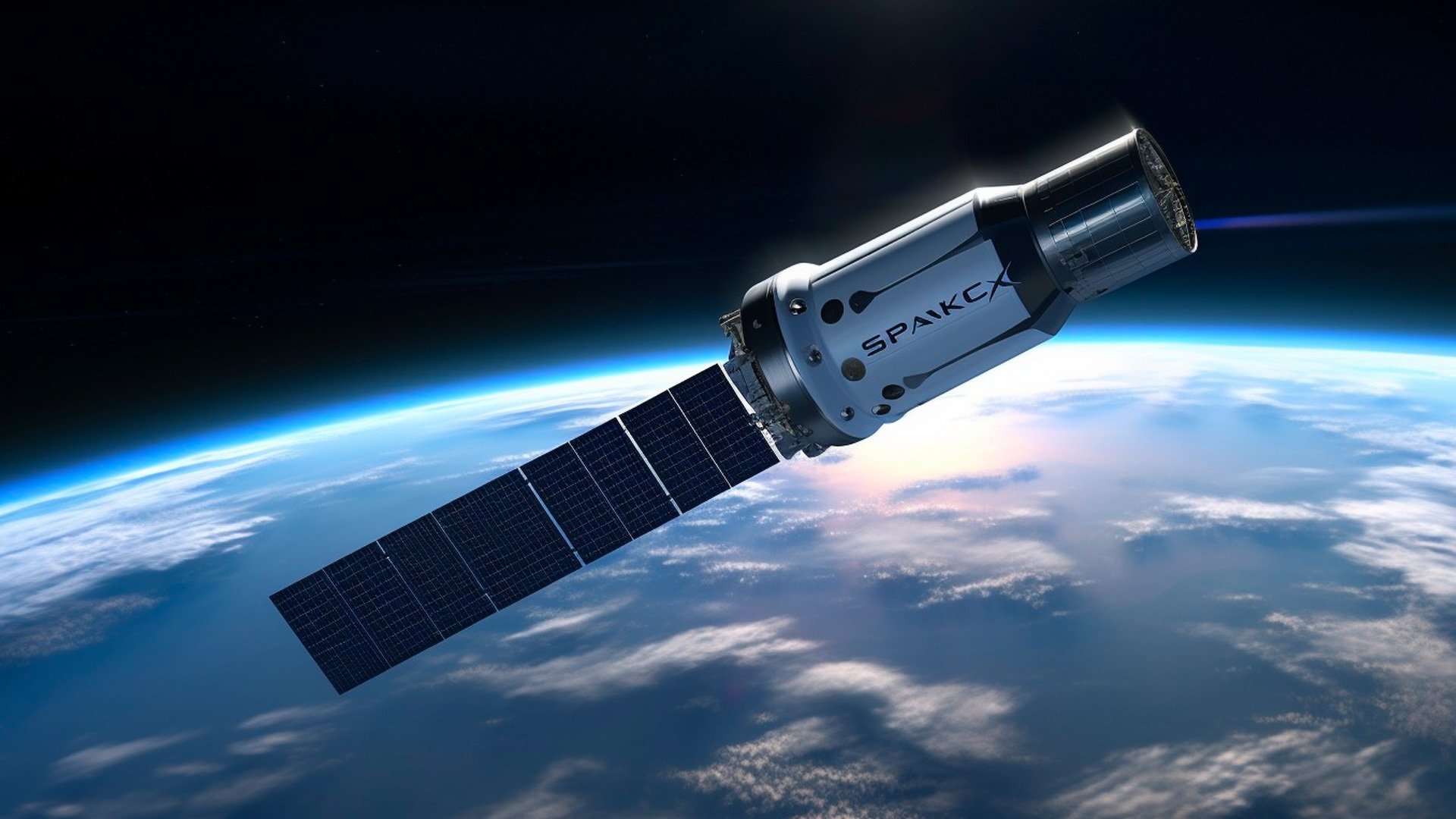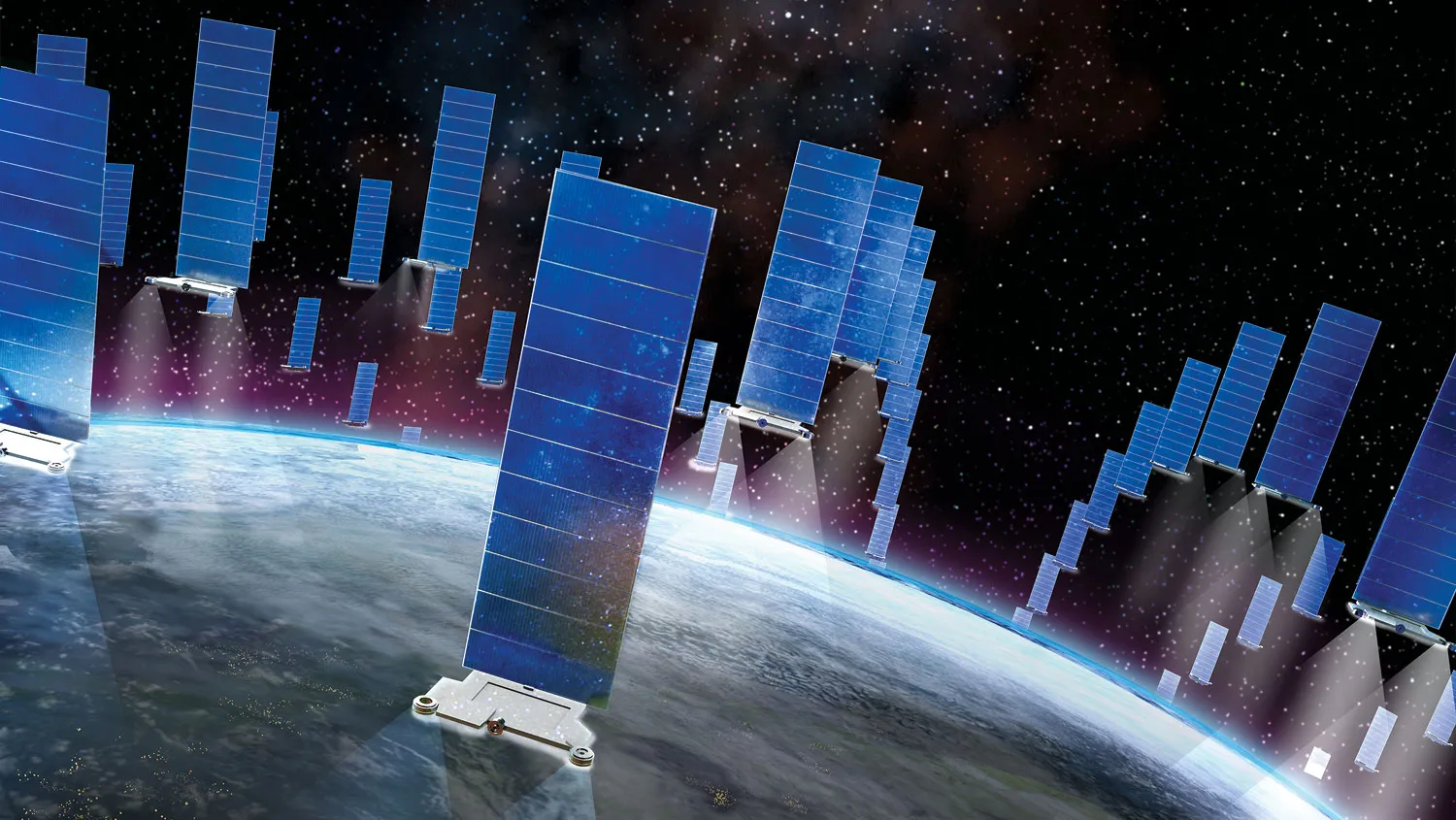In an unprecedented move, the Federal Communications Commission (FCC) has granted temporary approval for a groundbreaking service by SpaceX in partnership with T-Mobile. This initiative, aimed directly at regions ravaged by Hurricane Helene, leverages the power of Starlink satellites to offer direct-to-cell services. The decision comes as a relief to many, particularly in North Carolina, where massive flooding has caused widespread communication blackouts.

Starlink Satellites: A Beacon of Hope
As the southeast region of the U.S. grapples with the aftermath of Hurricane Helene, many areas in North Carolina continue to suffer from severe communication disruptions. The innovative direct-to-cell service introduced by SpaceX could be a game-changer for emergency response efforts. This service includes the broadcasting of emergency alerts to cell phones across all networks, a crucial feature in the wake of such disaster.
The satellites have already been enabled and started broadcasting emergency alerts to cell phones on all networks in North Carolina.
This swift action demonstrates the potential of satellite technology to provide critical connectivity during emergencies.
Moreover, the initiative may soon extend to testing basic texting (SMS) capabilities for T-Mobile customers in the region, offering a glimmer of hope that normalcy might slowly be restored.
In addition, we may test basic texting capabilities for most cell phones on the T-Mobile network in North Carolina,
said a spokesperson from SpaceX.
Temporary Solutions and Technical Challenges
While the full constellation of SpaceX’s direct-to-cell satellites has yet to be deployed, the services being introduced are operating on a “best-effort basis.” This means that while not all-encompassing, the efforts to restore communication in blackout zones are making significant strides.

The launch of SpaceX and T-Mobile’s first direct-to-cell satellites in January marked the beginning of what could be a revolution in how we think about and utilize satellite technology for cellular communication. However, this innovative step has not been without its controversies. Major cellular providers, including AT&T and Verizon, have expressed concerns to the FCC about potential interference from the satellite signals with their cellular networks.
The Road Ahead
Despite these challenges, the temporary approval from the FCC is a positive development, offering hope and practical solutions to those most affected by the hurricane’s devastation. The charts recently published by the FCC illustrate a gradually improving situation, yet significant outages persist, underscoring the necessity for innovative solutions like those SpaceX is pioneering.

This collaboration between SpaceX and T-Mobile under the watchful eye of the FCC could set a new precedent for emergency communications technology. As this temporary service continues to unfold, it will be crucial to monitor its efficacy and impact on the ground, providing not just a lifeline for today, but also a potential blueprint for tomorrow’s emergency response protocols.










